One of the most poignant videos of the Shiraz protests is a 20-second glimpse of the Moali Abad neighborhood. The narration, recorded at the same time as the video, tells the story: “Shiraz. Police shooting at people. They are shooting at people from Moali Abad’s police station...They shot people, they shot people, they shot people...” The voice of the person filming the video then turns from the excited voice of somebody who is reporting the protests to a broken and desperate voice as he sees a man who has been shot dead and lying on the pavement.
The Moali Abad neighborhood of Shiraz: A protester is shot dead
Protests in Moali Abadi started on Saturday, November 16. They began on top of Moali Abad Bridge and then spread across Moali Abad Boulevard to Ehsan Square and some of its side streets. People blocked the street, but the protests started peacefully and continued peacefully until around noon, when it turned violent as the police attacked protesters — like elsewhere in Shiraz.
As can be seen and heard in the video below, shots were fired in front of the police station. People dispersed, but a number of them started throwing stones at the police station.
The Moali Abad Neighborhood of Shiraz: After shots are fired, protesters throw stones at the police station
The first immediate consequence of the police violence was the death of Mehdi Nekooei, 23. Nekooei had been chanting slogans alongside other protesters near Goldasht police station in Moali Abad. He can also be seen lying on the ground in the video above. The video, recorded before he was shot dead, shows him from behind clapping and chanting slogans including “Neither Gaza, nor Lebanon; my life for Iran.”
Moali Abad: Mehdi Nekooei, chanting with the crowd, before he was shot dead
Mehdi Nekooei’s death enraged people, and police officers took shelter inside the station once the crowd began throwing stones at them. People tried and failed to break the doors of the station. As can be seen in the following video, they set police cars in the parking lot outside the station on fire.
It has not been confirmed how long it took for the fire to spread to other cars, but a conversation recorded in the following video suggests it was 3:10pm. The doors to the station are closed and there are no signs of protesters or security agents.
Moali Abad: Cars in front of the police stations are set on fire. “It is 3:10...Just now they set the station on fire”
The next video, recorded from an upper story of a tall building, also shows cars burning outside the police station.
Moali Abad: Cars burning outside the police station, recorded from a tall building
In the next video, protesters attack police and anti-riot officers, forcing them to flee inside the station. A barrage of shots can be heard, and people can be seen moving toward the station, although some of them begin to retreat.
Moali Abad: Security forces shoot at people who were running toward the police station
The protests, of course, were not limited to Goldasht police station, and crowds were in the streets into the night, almost until the morning of Sunday, November 17. Control of the boulevard or parts of it repeatedly changed hands between the protesters and the security forces. Sometimes there were clashes between the two sides and sometimes security forces simply looked on from a distance. Either they could not or did not want to intervene. According to Ms. Avideh (an alias), events followed the same pattern as what had happened in front of Golshahr police station. “When people became enraged they rushed the security forces, but when they went with those who were setting banks on fire the security forces attacked them with batons and teargas or shot at them.”
A middle-aged mother going by the alias of Raheleh who witnessed the protests over those two days says that by Saturday night protesters had practically blocked Moali Abad Boulevard. “A group of young protesters took the flowerpots on the sidewalk to the middle of the street and broke them to block the boulevard,” she says. “The same young men did the same thing to block side streets as well.”
According to Raheleh, the protesters did not do any damage to private property. “They only took flowerpots out in front of the banks and left private shops alone,” she says. “For instance, in this boulevard there is a pastry shop next to Bank Melli and Bank Maskan. When one of the young men wanted to remove a flowerpot next to this shop, another man told him that the pot did not belong to the bank and they put it back.”
Raheleh says that on that night, no bank on Moali Abad Boulevard was set on fire as far as she could see. According to her, protesters went into the banks, dragged out the desks, the chairs and the computers into the street and burned them. “The young men told onlookers, ‘we don’t want spectators so don’t come to the middle of the streets,’” she tells IranWire. “In one case, when they were bringing out the furniture from the Tourism Bank, an elderly woman challenged the young protesters and shouted, ‘why are you setting these on fire? This is public property.’ One of the young men answered, ‘what are you saying, auntie? This is neither my property or your property. This is the property of the Tourism Bank and good for us that we are burning it. Isn’t it enough that people like you ruined our lives?’”
According to Raheleh, no documents kept in the bank were destroyed. “An employee of a bank in Moali Abad Boulevard who has now been temporarily assigned to another branch told me a few days ago that they were told to put important papers in a safe and take them out of the bank,” she says. “They knew that something was going to happen.”
Raheleh says anti-riot police were standing nearby, but that, at that time, they did not intervene and simply watched: “People were there until midnight. What was interesting was that during the night two ladies were standing at the entrance to Khalabanan Avenue, telling the drivers that the street was closed so that they would turn back and not get stuck.”
After midnight, says Raheleh, when not too many people were on the streets, anti-riot police began chasing protesters, continuing until 2am: “The police chased the people into housing complexes and the residents opened the gates of their blocks to protesters so they could escape the police.”
“When I got back home at midnight I noticed that around 10 municipal workers were sitting there at the ready,” she says. “At first I thought that they had not been able to return home because of the clashes but they said that the municipality had told them to clean up the boulevard after the protests were over. By Sunday morning the streets were clean, although when the protests started again things returned to the way they were the previous night.”
Raheleh says the streets were deserted on Sunday morning, and that there were not any cars on the boulevard. On the Ehsan overpass, cars stood bumper to bumper: “The sound of shooting came from Adelabad Prison Crossroads. It appears that clashes between the protesters and the police had started from very early in the morning there. What caught me off-guard was the howling of a dog that had been frightened by the shooting. She had two puppies and she was apparently worried for them.”
From midday Sunday, she says, the situation returned to the way it was the night before. “The street was filled with burning tires. They pulled out the railings next to the bank, broke the square’s flower enclosures and blocked the boulevard.”
Ms. Nasrin (an alias), a resident of Moali Abad, says that on Sunday protests started at about midday around Ehsan Square at Baharan Street, and then spread to other parts of the Boulevard. “The interesting point is that, unlike Saturday, when the police took action to crush the protesters, on Sunday I did not see any police officer approach the gatherings or attack the people. Goldasht police station seemed to be functioning normally.”
According to Nasrin, people on the street believed that officials had not sent security forces to Moali Abad Boulevard to subdue the protests because the clashes in other parts of Shiraz were very intense. She says some people in the boulevard were chanting slogans and some were simply walking back and forth along the street. “Some, like me, were merely spectators, but a number of young men, most of whom were under 20, were breaking down the doors to the banks, pulling out the equipment and the furniture and setting them on fire in the middle of the street.”
As far as Raheleh could tell, the burning of computers, monitors and furniture from the banks out in the streets continued until the night. “Demonstrators blocked the street completely by piling bank furniture and billboards in the street. The protests continued like this for a few hours until the rain and shots fired into the air by the police forced people, who were already tired, to leave the street.”
According to a man using the alias Amir Hossein, at 6pm people in Moali Abad were out on the streets, chanting anti-government slogans. “The slogans were not about gas prices,” he says. “The day before they had killed Mehdi Nekooei and there were rumors that others had been killed as well. People were angry and so were chanting anti-regime slogans.”
Moali Abad protests. People chant anti-government slogans: “Death to this demagogue government!”
Marjan (an alias) was another eyewitness who had gone to Moali Abad on Sunday to visit her sister. “I reached Moali Abad Bridge at 11 on Sunday morning,” she says. “The Basijis and the anti-riot police were on the bridge and if they saw young people, they chased them. From the bridge I went toward Ehsan Square. They had burned tires and there were rocks in the streets but once in a while a car would pass by. The banks were not burned down, but the windows were smashed. They had also broken the flowerpots, billboards and traffic signs.”
Marjan says that when she arrived at the boulevard from the bridge she saw that the windows of Dastghaib Communication Center had been broken and a bank kiosk had been set on fire. According to her, the protests intensified after around 2pm. “There was a lot of smoke where Baharan Street crosses the boulevard. When I got there I saw that they had brought out the equipment from inside the bank and had set them on fire in the street. Nothing was left intact: no bank, no ATM, no billboard. A crowd of perhaps 40 people were busy destroying stuff. They were even smashing the decorative bricks around curbside flower beds.”
According to Marjan, no police arrived at that location until 8pm. “Before noon the anti-riot police — on motorbikes, in groups of five or six — were frequently coming and going between Moali Abad Bridge and Ehsan Square but there was no sign of them in the afternoon,” she says. Marjan says that perhaps officials did not want to stop the destruction. “The crowd of 40 or 50 had covered their faces out of the fear that they would be identified, because up in one building there were people taking pictures and videos, and they did not look like ordinary people.”
Marjan says the same crowd went to the office of the Social Security Organization under Ehsan Bridge. Again, they brought everything outside and set them on fire. “They even opened a gas faucet in one of the banks after they had taken all of the equipment out and wanted to set it on fire, but people stopped them and told them there were five residential floors above the bank.”
Marjan says that this situation continued until close to 8:30 pm and then people dispersed after the rain started and they heard shots being fired, probably into the air. On Monday “the anti-riot police arrived in dark-colored cars and police were stationed every step of the way along Moali Abad. I was on my way home when I saw that the Ansar Bank building at the beginning of the boulevard had been set on fire, and the floors above it, where there were doctors’ and commercial offices, had been burned as well. But not even one private shop around it was damaged.”
A woman using the alias Samaneh who lives in Moali Abad and works at an office on Paramount Street says that on Saturday as she was returned home from work late at night it looked as though the whole area had exploded. “There were no cars so I walked the long distance on foot and arrived at Moali Abad very late. I saw the flower pots in the middle of the street. Many things had been set on fire. They had pulled down the billboards. When I got there nobody was in the street. There was a lot of blood on the ground. They had yet to clean the street. But I did not see anybody who had been shot.”
Samaneh says that after she returned home, somebody in the housing complex started shouting, “Death to Khamenei!” and then people came out on to the street. “For the first half an hour people were chanting, but there was no sign of anti-riot police. Little by little, however, the anti-riot police arrived. They were standing at a relatively long distance from the people. They were not doing anything. They only sat on their motorcycles and watched people who were shouting slogans against the regime, against Khamenei and against the government. Then they attacked. They started beating people with batons and people escaped into alleyways or where there was little traffic.”
Samaneh says that the attacks and the crowds coming together again to protest happened several times: “They attacked and then the shooting with pellet bullets started. They did not aim, but just shot randomly. These pursuits and escapes continued. They captured a number of people. I noticed an anti-riot policeman who did not want to attack people and tried to shoo people away without attracting the attention of his colleagues.”
According to Samaneh, anti-riot police shouted out “Hossein” and “Heydar” — the names of Shia saints — before they let loose a barrage of bullets: “The shots were pellet bullets but in Valfajr township they used military caliber bullets and wounded a number of people. Then they would force the wounded and the detainees to pay them the cost of the bullets.”
Samaneh returned home around 11pm but the sounds of shooting and people’s chants continued until midnight and after. She says that on Sunday nothing happened until noon but that around midday, outside their housing complex, a crowd started chanting: “Death to Khamenei!”
According to Samaneh, “They were all ordinary people, adolescents, youngsters and older people, even those who must remember the 1979 revolution.”
Sunday was more destructive, but “the important point is that the banks were not set on fire when people were there. The banks were set on fire when people were forced to leave an area. In Moali Abad almost all of its 10 banks were set on fire but I was in the rallies and never saw anybody setting a bank on fire.”
Samaneh also says that when the anti-riot police attacked, people broke as many windows as they could. However, she says, “the demonstrations were really peaceful. I am not against violence but even on Sunday, when people were chanting in front of a block where military families live and invited them to join the protests, they behaved in a completely peaceful manner — even though they got no answers.”
According to Samaneh, at 2am on Monday, November 18, anti-riot forces started marching in parts of Moali Abad. They beat their shields with batons, laughed loudly and chanted the names of Hossein and Heydar to terrorize people: “It was a disgusting scene. They behaved like enemies who have occupied your land.”
Raheleh says that on Monday morning when she walked along Moali Abad Boulevard, all the banks had been damaged. Almost everything in the banks had been taken out and only the four walls of the buildings remained. “But along the whole boulevard I did not see any damage done to any private shops or buildings except one to a glass door in a shopping mall. Anti-riot police on motorcycles and cars were constantly patrolling the area.”
This is the second of four articles about protests in Shiraz. Read other articles in the series:
Shiraz Protests: People Threw Stones. Officers Killed Them
Shiraz Protests: Plainclothes Agents And Basijis Played Big Role in Crackdown
Shiraz Protests: Agents Might Have Set Banks on Fire Themselves
visit the accountability section
In this section of Iran Wire, you can contact the officials and launch your campaign for various problems





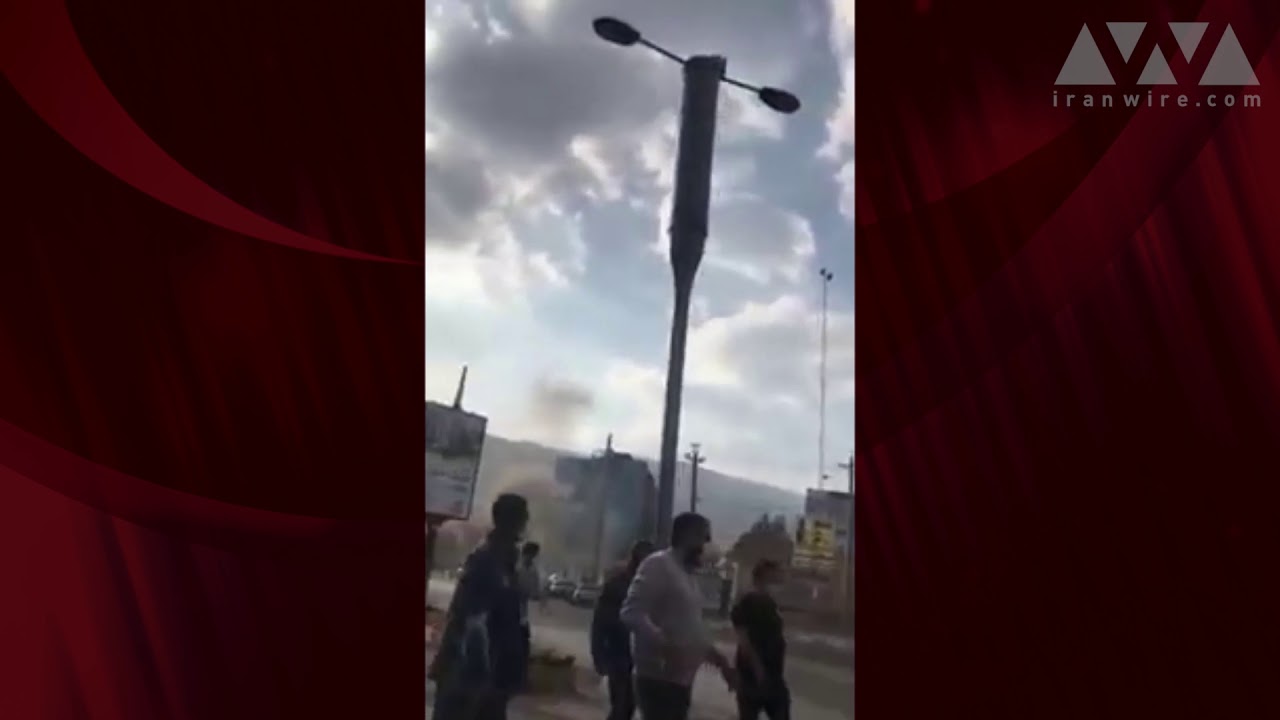
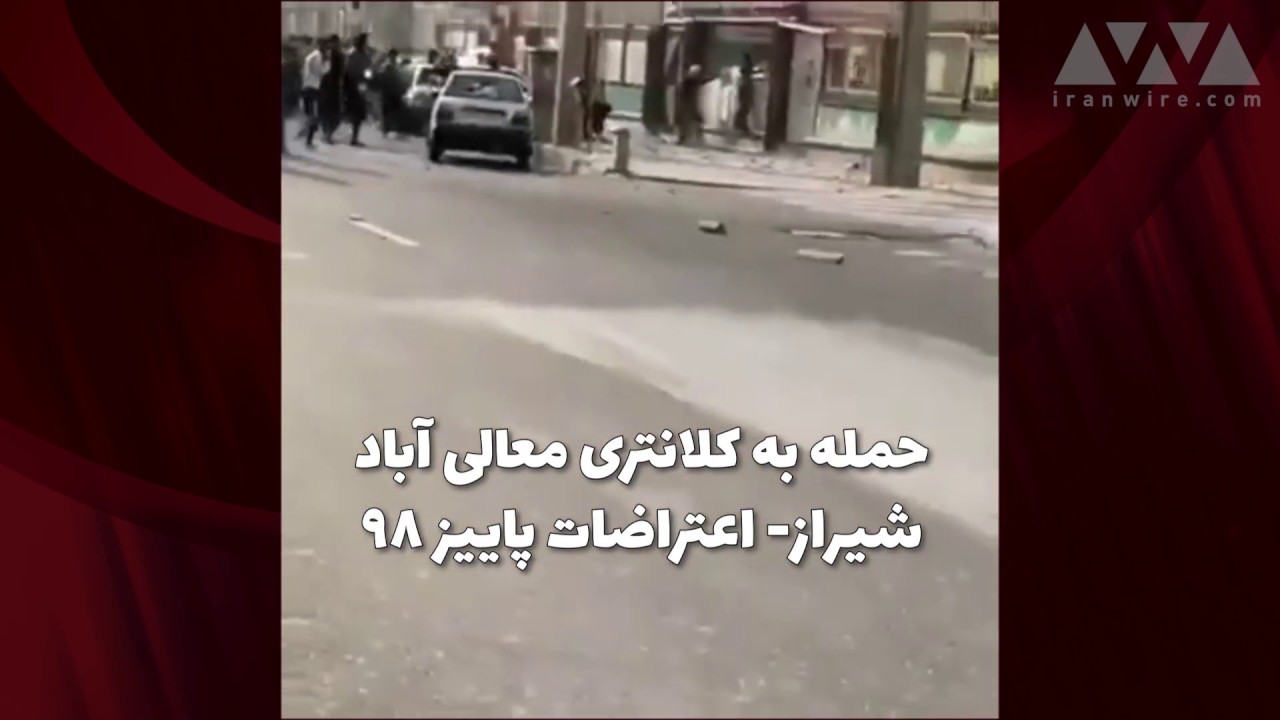
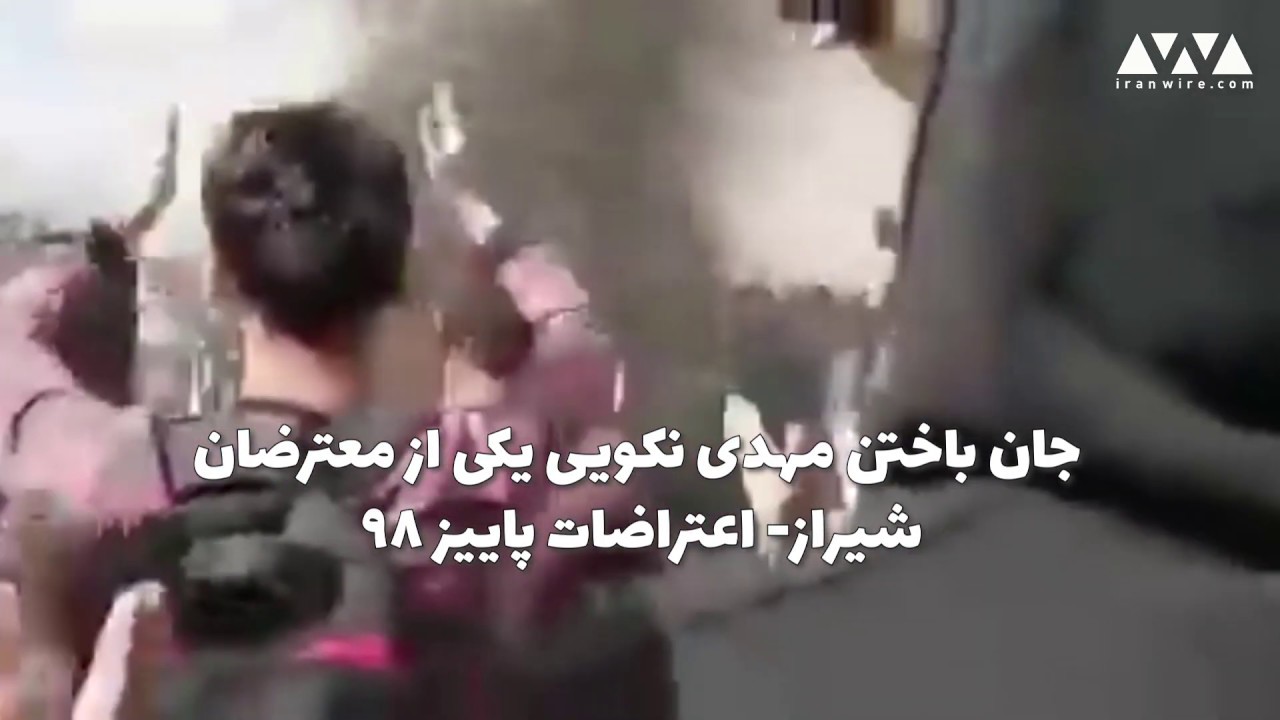
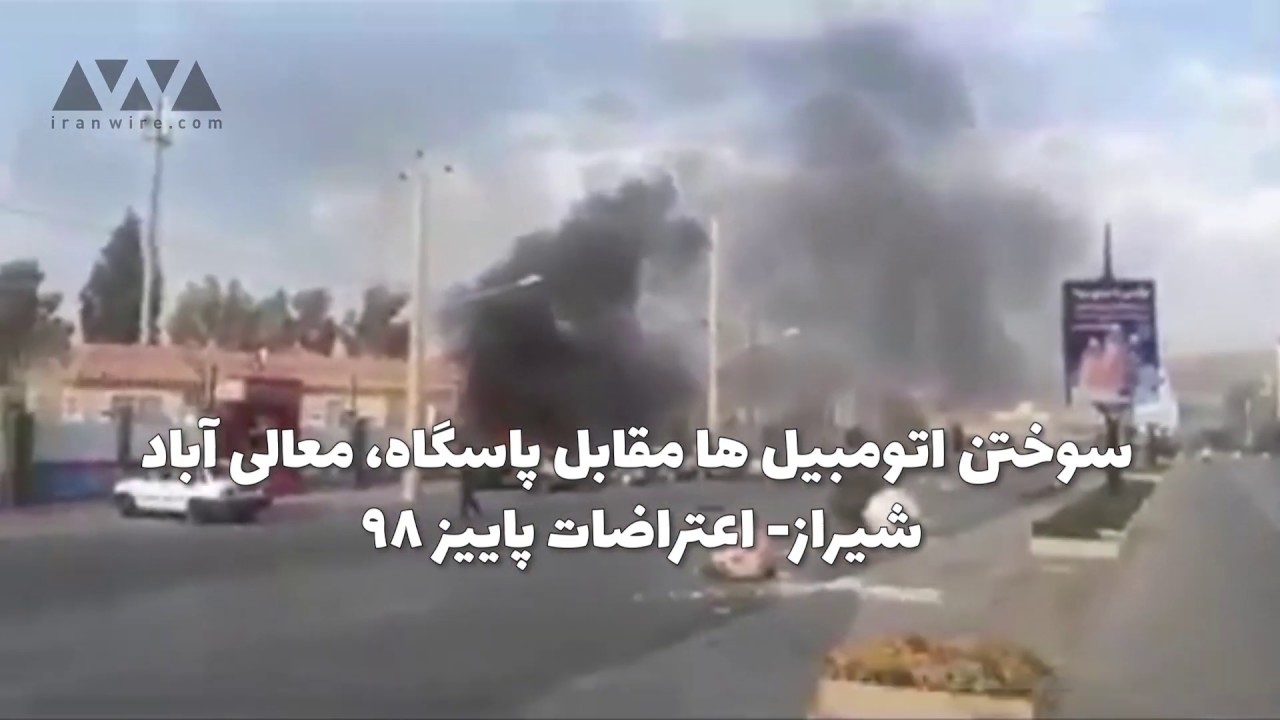
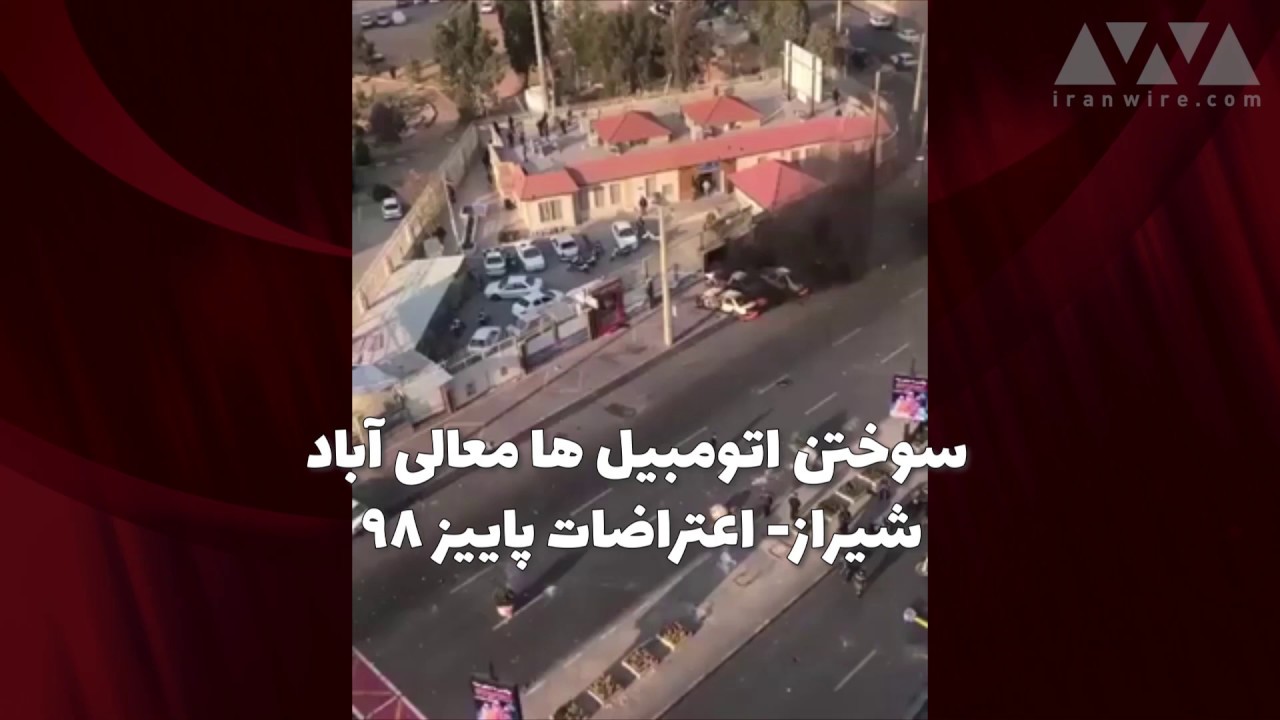
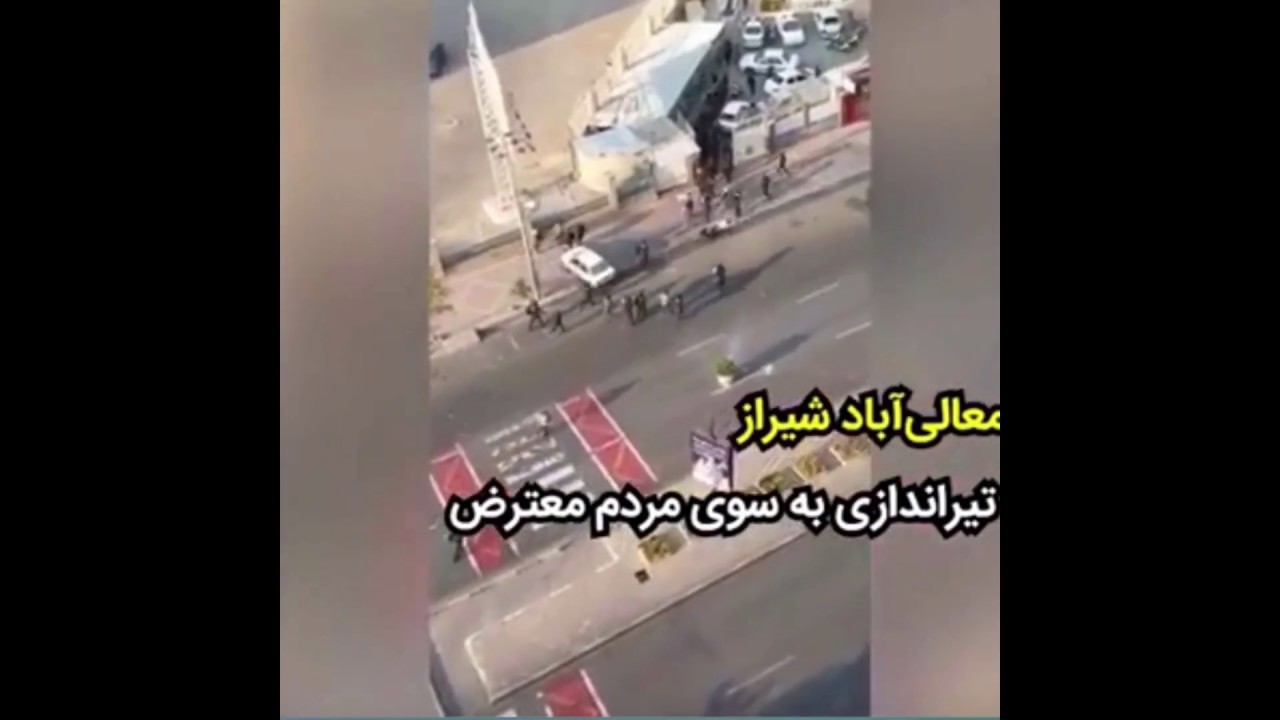
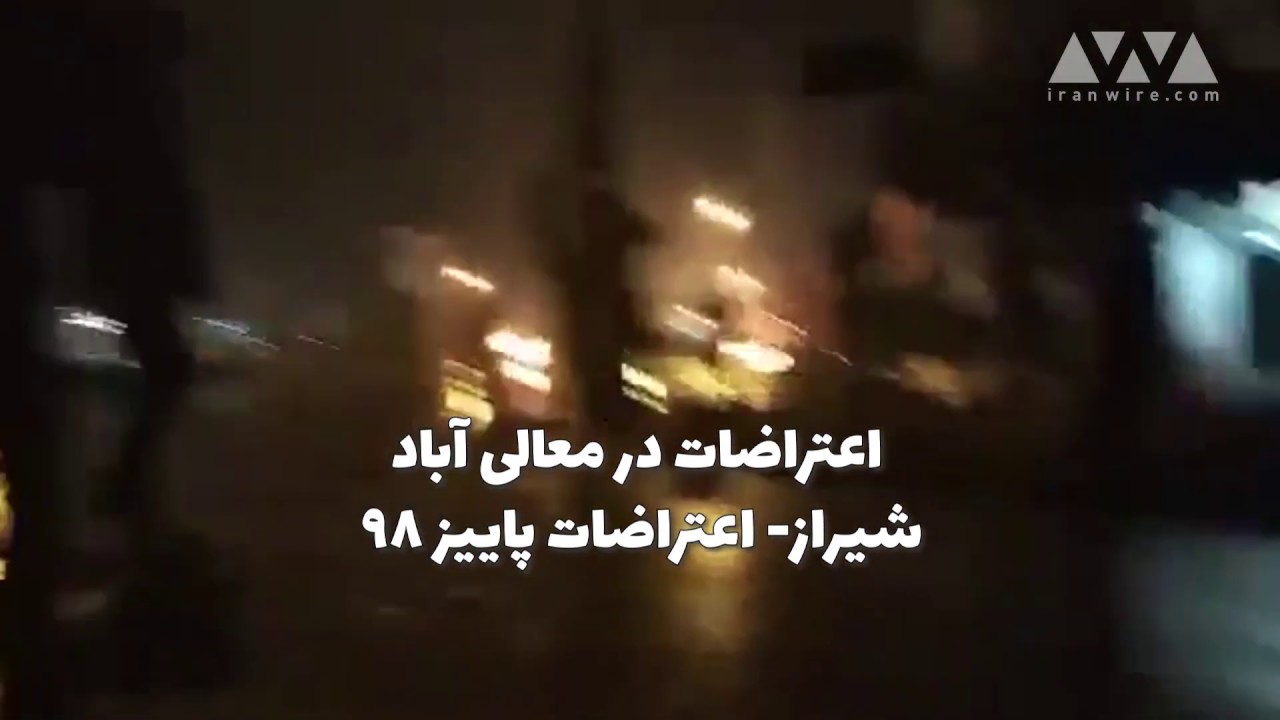



















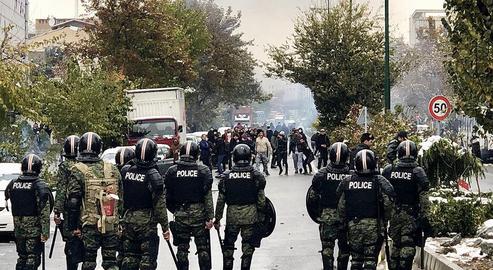
comments